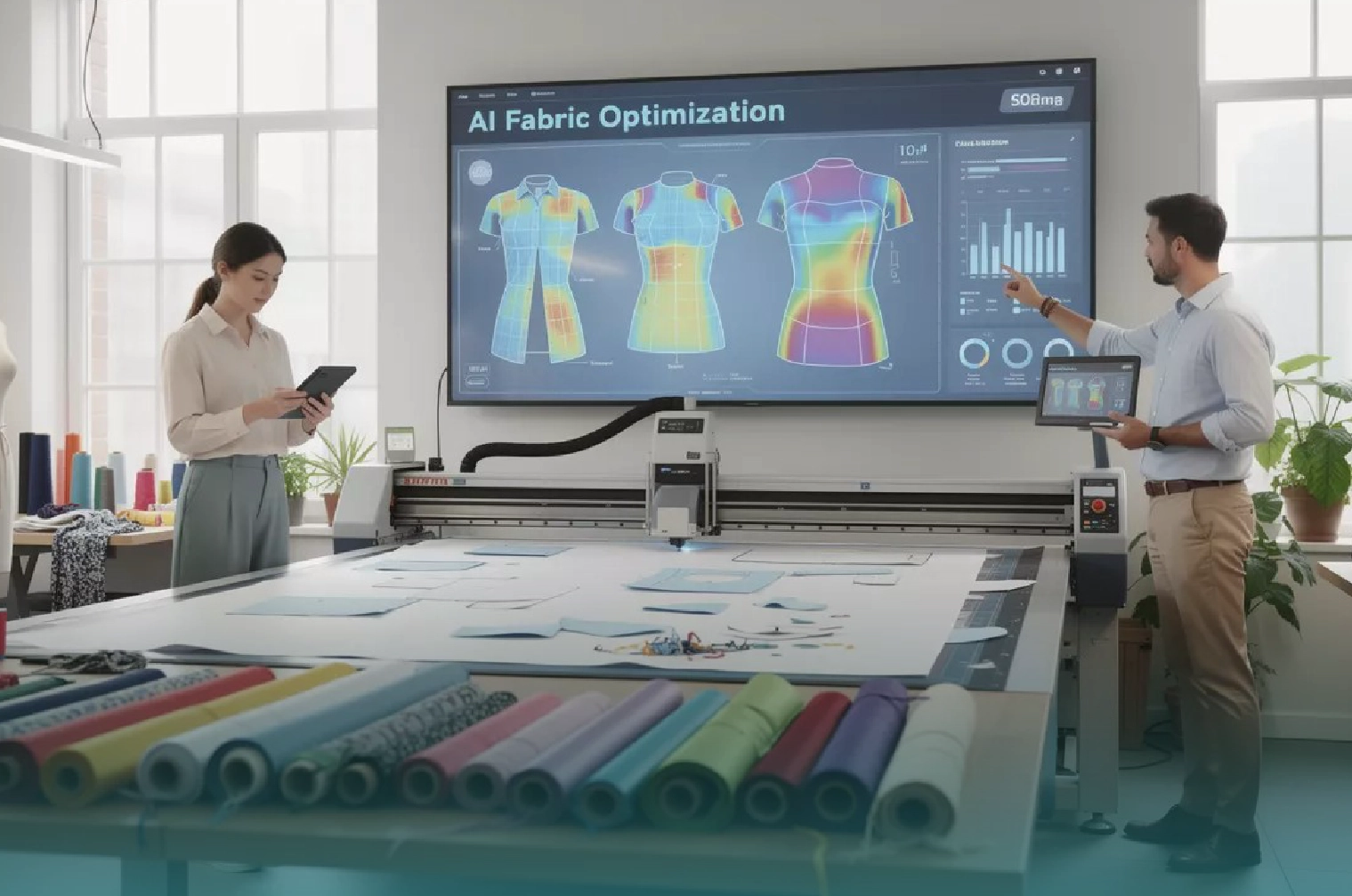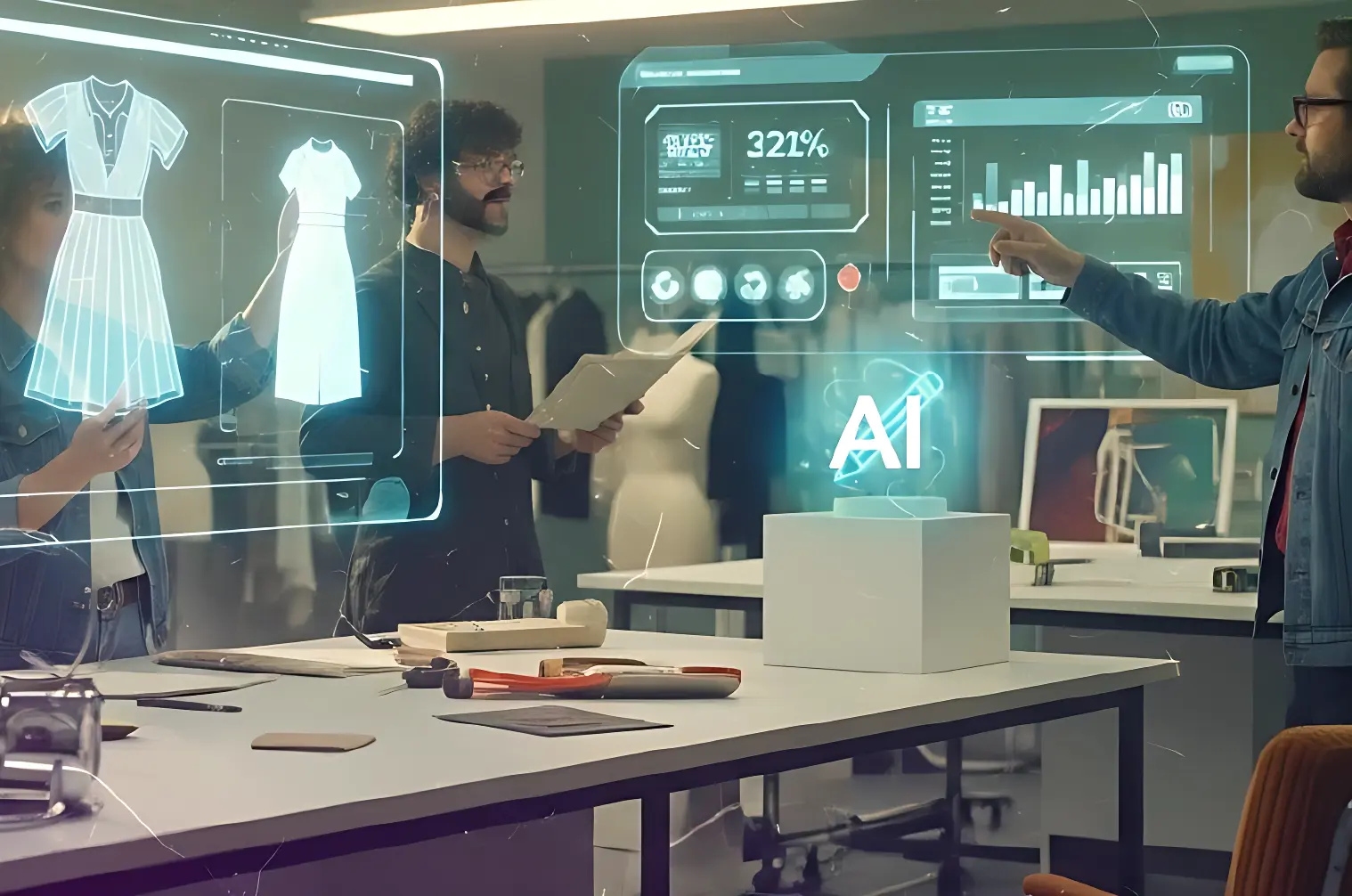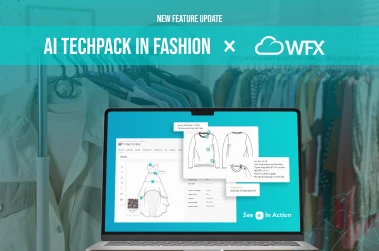1. YOU’RE USING MULTIPLE SYSTEMS
If you have to use multiple systems and programs to get things done, it may be time to upgrade your ERP system. An ERP system is only as good as the data within it. If your company uses multiple systems to store information, there will likely be inconsistencies between the different databases and processes. This can lead to inaccurate data that negatively impacts decision-making, ultimately resulting in wasted time and money for both employees and companies.
Having multiple systems can also make it difficult for employees and suppliers to do their jobs efficiently. This leads to lost productivity and wasted time that could otherwise be spent on other projects or core functions.
Additionally, having multiple systems means more risk of data loss or security breaches due to human error or hacking attempts by malicious third parties who want access to sensitive information (e.g., creative IPs).
2. YOU’RE NOT USING CLOUD TECH
Cloud computing is a new way of doing business. It’s a way to access software, data and infrastructure as a service. The old paradigm was to buy your own hardware, install the software yourself, maintain it and run it in your own data center. With cloud computing, you don’t have to do any of that—you just pay for what you use on an as-needed basis.
Cloud-based solutions are sold on an ongoing subscription basis rather than being purchased outright (like traditional ERPs). This allows companies using these solutions access from anywhere at any time via any device without having to worry about maintaining the underlying technology themselves or worrying about compatibility between different types of devices (like PCs vs tablets).
If your system has been in place for 8-10 years or longer and is on its last legs, then moving to cloud computing may be a good idea for you.
3. YOU’RE FRUSTRATED WITH IT TROUBLES
IT problems are one of the biggest sources of frustration for many businesses, and those frustrations often stem from two main causes: outdated or incompatible software, or a lack of communication between teams.
Fortunately, upgrading your legacy ERP system can solve both issues. Modern manufacturing software provides all the features that you need to run an efficient operation while eliminating much of the complexity that causes IT problems in legacy systems. It also provides an easier way for employees across departments to communicate with each other and share information without relying on outdated methods such as email or paper files
Upgrading your legacy ERP system to one that is modern, compatible and easy-to-use makes it much easier for both your employees and contractors to communicate effectively—and it helps them avoid those costly delays in getting the manufacturing processes up and running again.
4. YOUR SYSTEM CREATES UNNECCESARY WORK
If your business is using a legacy ERP system, the software is probably slowing down and creating more work for you and your team. The more complex your business gets, the more potential there is for inefficiencies in your processes and procedures.
Instead of being able to automate all of your processes, a legacy ERP system might force you to manually input data into multiple systems and repeat many of the same tasks over and over again. This means that when something changes in one system, you have to manually update it in others. It’s time consuming and inefficient—and it’s exactly what your business doesn’t need.
A legacy ERP system can be difficult to use at times, especially for any employee who is new or unfamiliar with it. This can lead them to waste time trying to figure out how everything works—and that’s when things get messy!
5. DATA INTEGRATION IS A PAIN
Data integration is a common problem in legacy systems. The older the system, the more likely it is that data integration will be a pain point for your business or team. In fact, one of the biggest reasons for upgrading your ERP system is to make managing data easier and more seamless.
If you find yourself having to do extra work to get data from your legacy ERP system into your business intelligence tools, then it’s time for a change. This could be due to the lack of integration between your legacy and BI systems or because the two don’t speak the same language when it comes to reporting.
With a modern solution, you can get access to all of your company’s disparate data sources from a single location—and not have to worry about whether they’ll work together well enough to get any work done.
Here are a few quick ways to tell if you’re dealing with this issue:
- Are there lots of manual processes involved in getting information into and out of your system?
- Do different departments or divisions use different systems to store data?
- Does someone else need to manually update information (like when an order gets shipped) after it has already been entered into the system?
- Is it impossible for you to know the real-time current status of production, inventory, sales or other data?
- Do you find it very hard to make sense of the data in your ERP system due to lack of visual dashboards?
If you’re facing any of these problems, then yes—you definitely have issues with your legacy ERP’s ability to integrate data effectively!\
6. YOUR SYSTEM LIMITS BUSINESS GROWTH
When you first bought your legacy ERP system, it was probably adequate for your needs but when your company has grown substantially in size, you need something more powerful. That’s because as your business grows, your legacy ERP system becomes less and less capable of keeping up with the changes you need to make.
One of the biggest tell-tale signs that you need to upgrade your ERP software is if it’s not able to scale as your business grows and adapts to new products, customers and suppliers. For example, if you sell products online, but there aren’t any built-in tools for managing digital commerce transactions or other ecommerce integrations, then there may be functionality gaps in your current software.
So, when your business is growing in ways that go beyond the capabilities of your legacy ERP system, it’s time to upgrade.
7. YOUR EMPLOYEES ARE AS DISGRUNTLED AS YOUR CUSTOMERS
It’s no secret that employees hate using multiple apps and tools just to complete one task. If they have 15 different login credentials and passwords across five different applications, then they will eventually start getting frustrated and probably leave the company. Let’s face it: No one wants to use five different tools just because their company won’t upgrade its legacy ERP system!
It’s hard to imagine that ERP software would be so complex and difficult to use that it frustrates the people who actually have to run it every day, but this is exactly what happens with legacy systems. The lack of integration between modules makes it difficult for employees across departments (and even different departments) to collaborate together on a project.
Employees also suffer from mobility limitations—mobile apps are typically not available with legacy solutions. This means that if someone needs something outside their cubicle walls but needs access from their phone instead of a desktop computer—they’re out of luck!
If you’ve been experiencing a high-level of employee dissatisfaction, then it’s high time to consider a new ERP system.







































